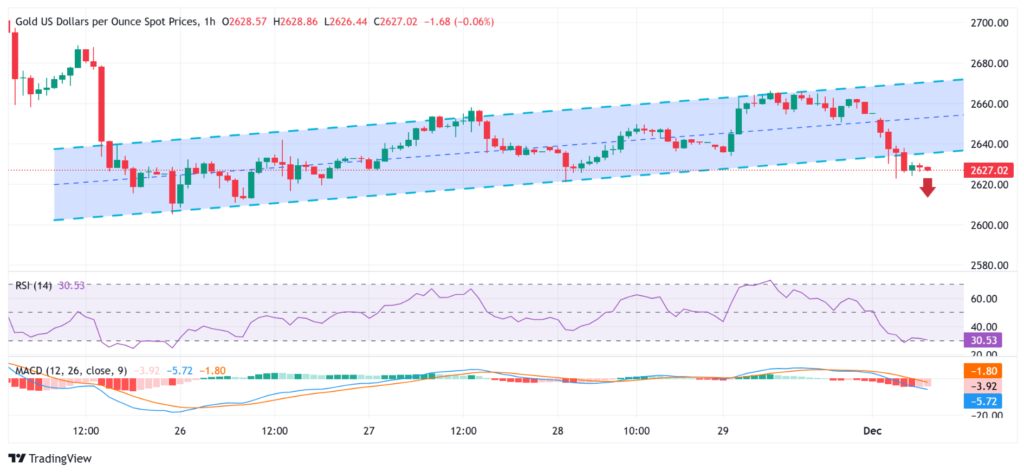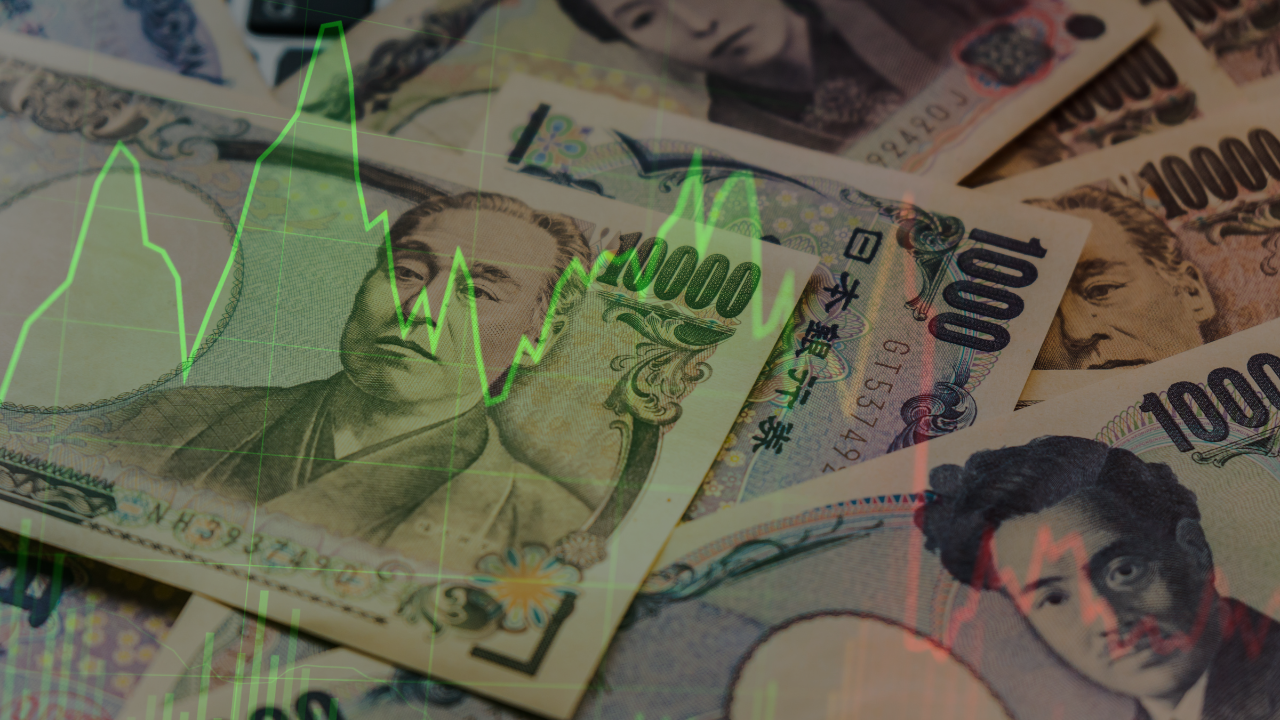Gold prices have recently experienced a downturn, influenced by a strengthening U.S. dollar and shifting investor sentiment. After reaching a record high of $2,800.80 per ounce on October 30, gold futures have declined to $2,572.90 per ounce, marking a significant decrease.
The U.S. dollar’s appreciation is largely due to expectations of a more restrictive monetary policy under President Donald Trump’s administration. Anticipated policies, such as tax cuts and tariffs on imports, are expected to stimulate inflation, prompting the Federal Reserve to maintain higher interest rates. This scenario diminishes gold’s appeal as a non-yielding asset.

Additionally, the easing of geopolitical tensions has reduced demand for safe-haven assets like gold. Investors are now less concerned about global uncertainties, further contributing to gold’s price decline.
Despite the recent downturn, some analysts remain optimistic about gold’s long-term prospects. Factors such as central bank demand and potential currency devaluation by China’s central bank are viewed as supportive elements for gold prices.
However, the Trump administration’s efforts to reduce federal spending could exert additional pressure on gold prices. Investors are advised to monitor these developments closely, as they could significantly impact the precious metal’s market dynamics.
















